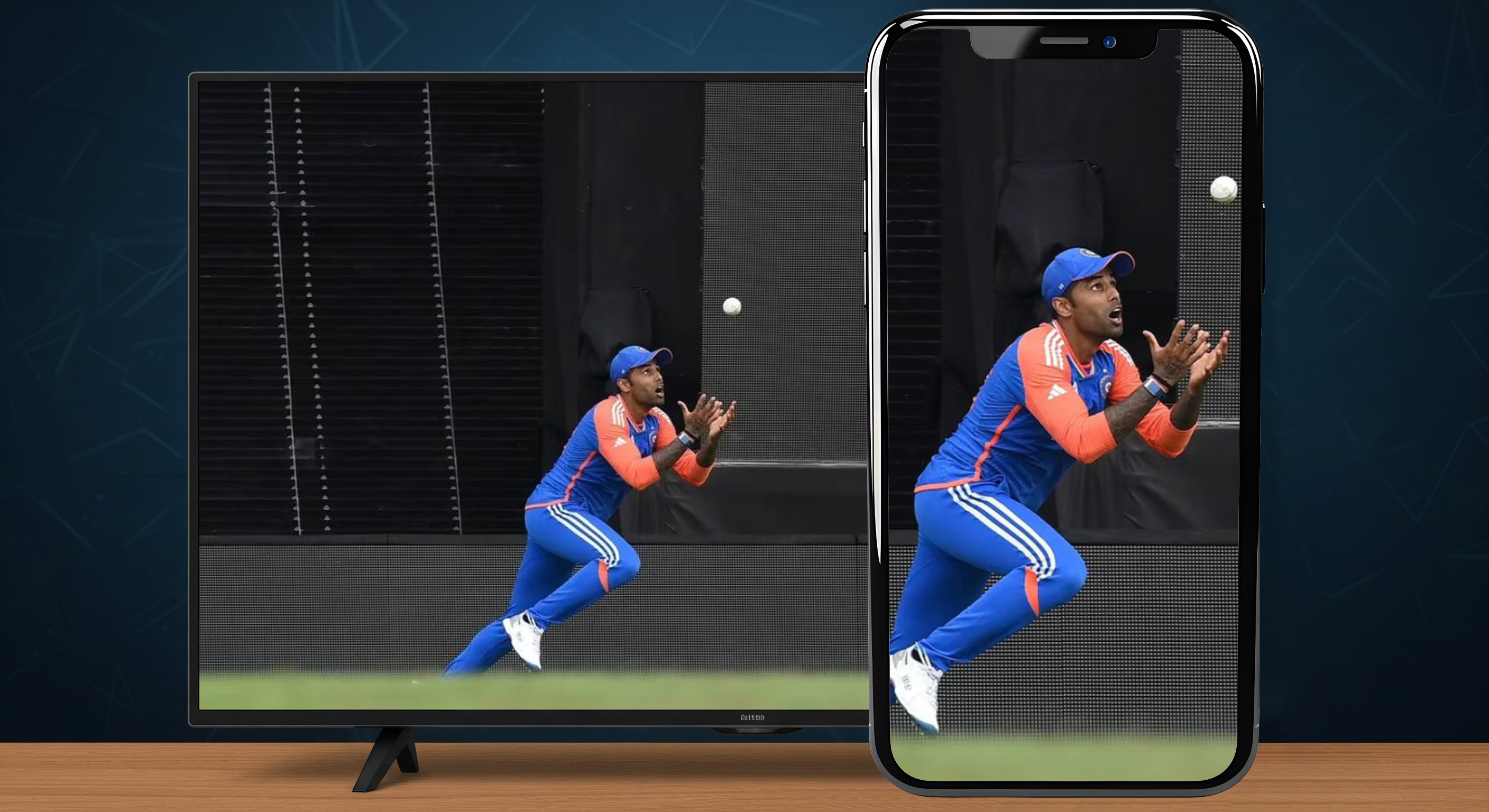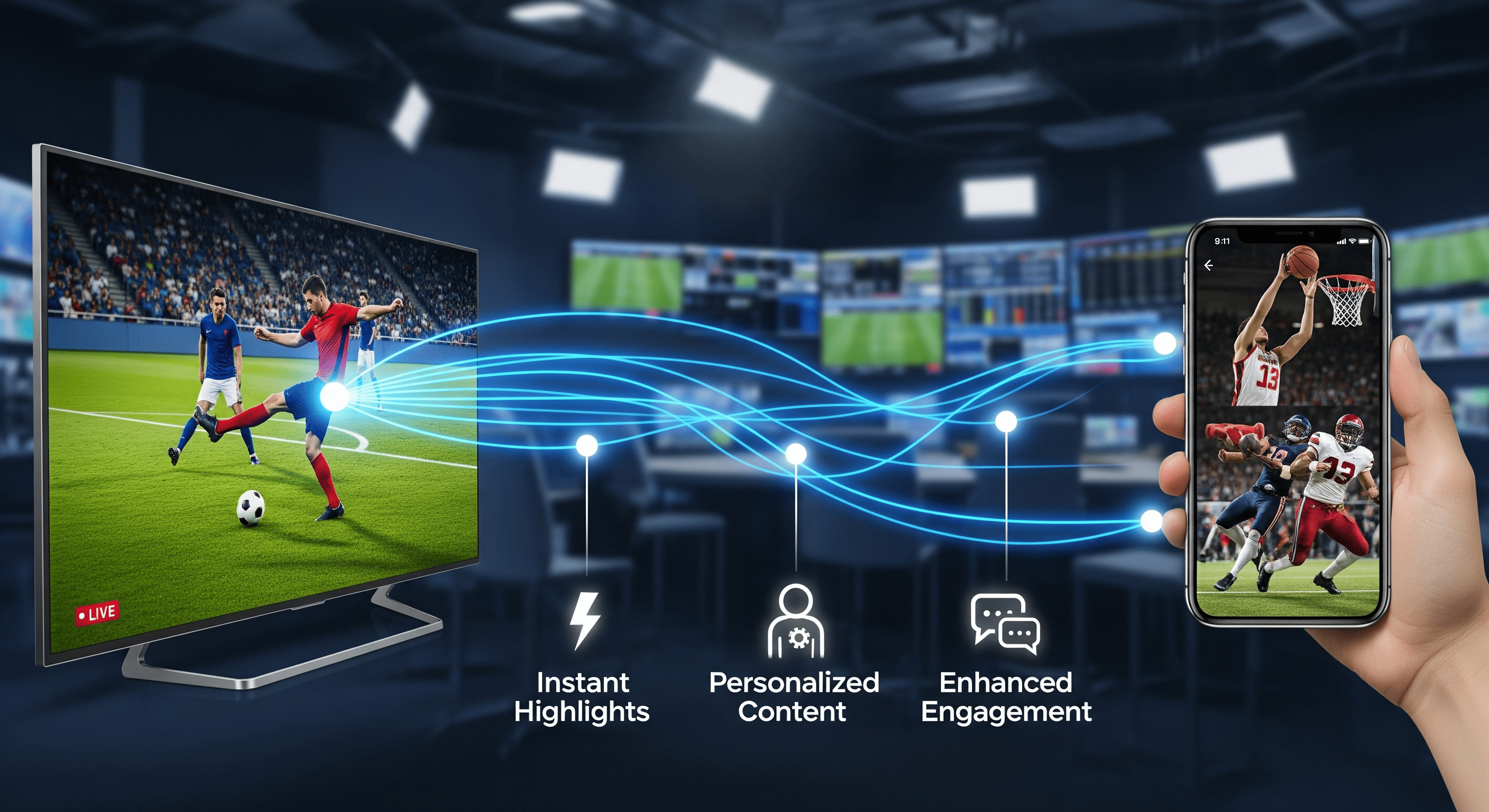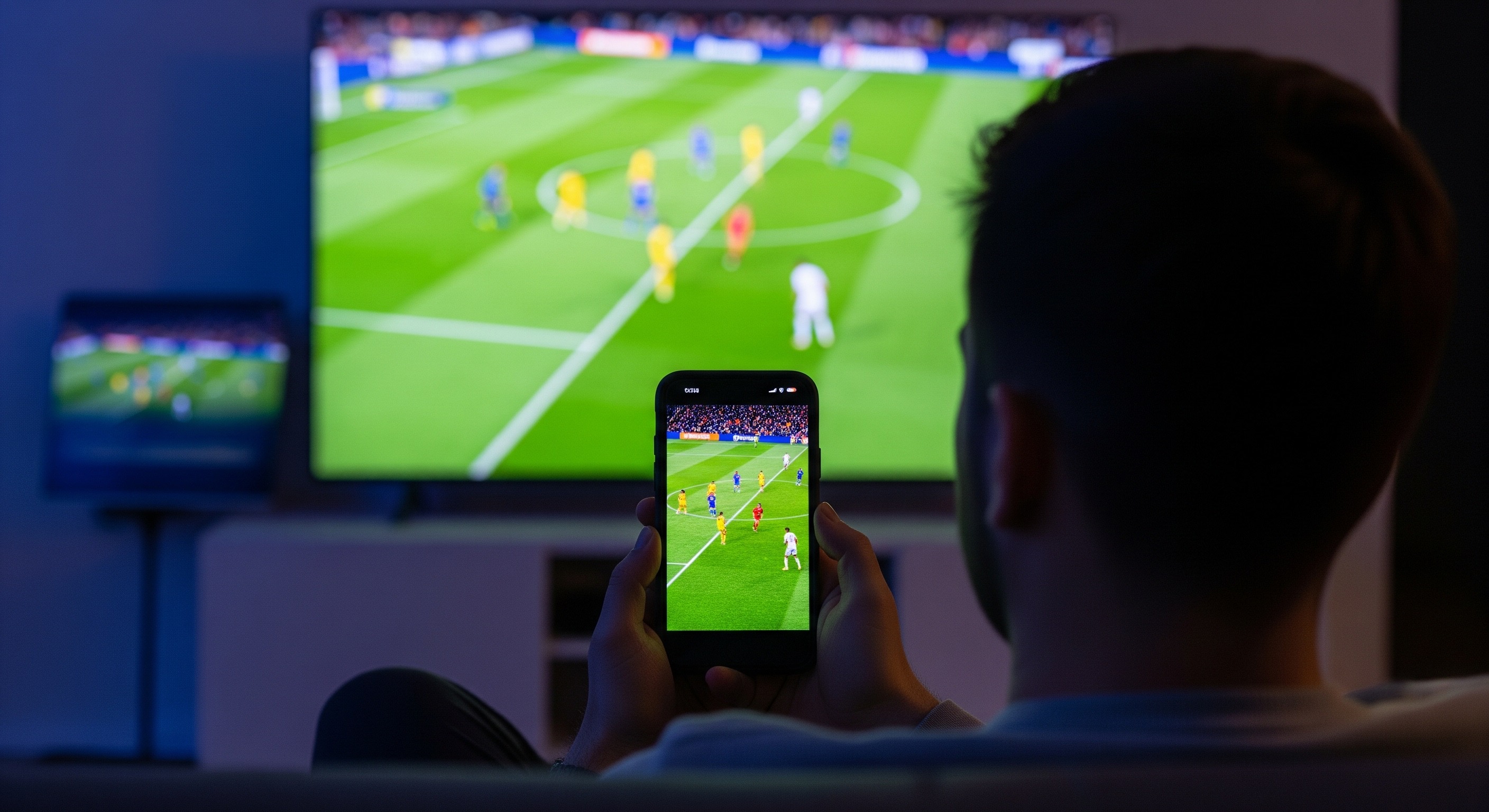Introduction
By the time you finish reading this sentence, Gen Z will have swiped past three videos, liked one, and maybe watched the last five seconds of a Football highlight… twice. This quick, constant scrolling is now everyday behaviour, and it’s reshaping how content is made and shared.
Over the last decade, viewing has shifted from long, scheduled TV to short, on-demand clips across mobile feeds. For sports broadcasters, this means capturing and delivering the biggest moments instantly, in the format Gen Z watches.
We at Quidich are trying to analyse how Gen Z’s vertical-first habits and love for snackable content are changing, how big-match moments travel, and why adapting to this form is essential to keep live sports at the centre of the conversation.
Rise of the Vertical Habit
Vertical video’s rise began in the early 2010s with Snapchat Stories, normalizing phone-in-hand, upright viewing and pushing platforms to follow suit, Instagram with Stories and Reels, and TikTok with a vertical, infinite scroll that scaled rapidly among Gen Z. Vertical now dominates Gen Z’s viewing: 71% prefer it; completion rates approach 90%; and vertical ads drive about 2x higher purchase intent compared to horizontal. A key driver is the “comfort grip”: people naturally hold phones upright, which feels more personal and immersive. When it comes to sport, Gen Z isn’t disengaged; they’re rejecting formats that don’t fit their vertical, mobile‑first flow. Source

Big-Match Moments in a Scroll-First World
Classic live sports are built for long-form, horizontal viewing, full matches and extended highlight reels, great for audiences who sit down for TV or streaming. Gen Z, however, experiences sports through memes, fan edits, and dramatic vertical highlights that deliver emotion in seconds. Suryakumar Yadav’s T20 World Cup catch is a strong example of this. Packaged as a short, vertical clip, it exploded across social media because it matched Gen Z’s quick, immersive style. The result is a clear gap: broadcast and digital experiences can feel like two different worlds, and content that isn’t adapted risks becoming background noise in crowded feeds.

Broadcasters and The Future
This gap creates a core challenge: deliver the same live moments in ways that work both on traditional broadcasts and in the quick-scroll vertical environment without doubling effort or costs? Simply repurposing horizontal footage after the fact is often too slow and doesn’t capture the immediacy or tailored framing that vertical formats require.
What’s needed is a seamless way to make live sports engaging across formats in real time, enabling broadcasters to capture, produce, and share vertical-friendly big-match moments in real time, without additional crews or delays.
The Bridge Between Habits and Highlights

The way forward for sports broadcasting is AI-powered vertical production, which captures and reframes traditional horizontal 16:9 feeds into a vertical 9:16 format in real-time. Unlike cropped, after-the-fact edits, this approach delivers big‑match moments instantly, ready for the social feeds where Gen Z lives. With AI tools like QuickFlip, vertical highlights can be reframed and delivered without extra crews, delays, or loss of quality, bridging the gap between the traditional broadcast and the modern, mobile‑first experience.
Broadcasters using this approach have already seen higher engagement. LALIGA achieved a remarkable 70% increase in app sessions and over a 30% increase in average time spent in the app. The surge in engagement solidified LALIGA’s position as the most followed European football league on social media and one of the most influential leagues in the entire world, with over 200 million followers across 16 social media accounts. Source link
AI-powered vertical production isn’t a good-to-have; it’s the bridge between traditional broadcast and the scroll-first world, turning big-match moments into mobile-native experiences the instant they happen.
To know more, Contact Us.
















